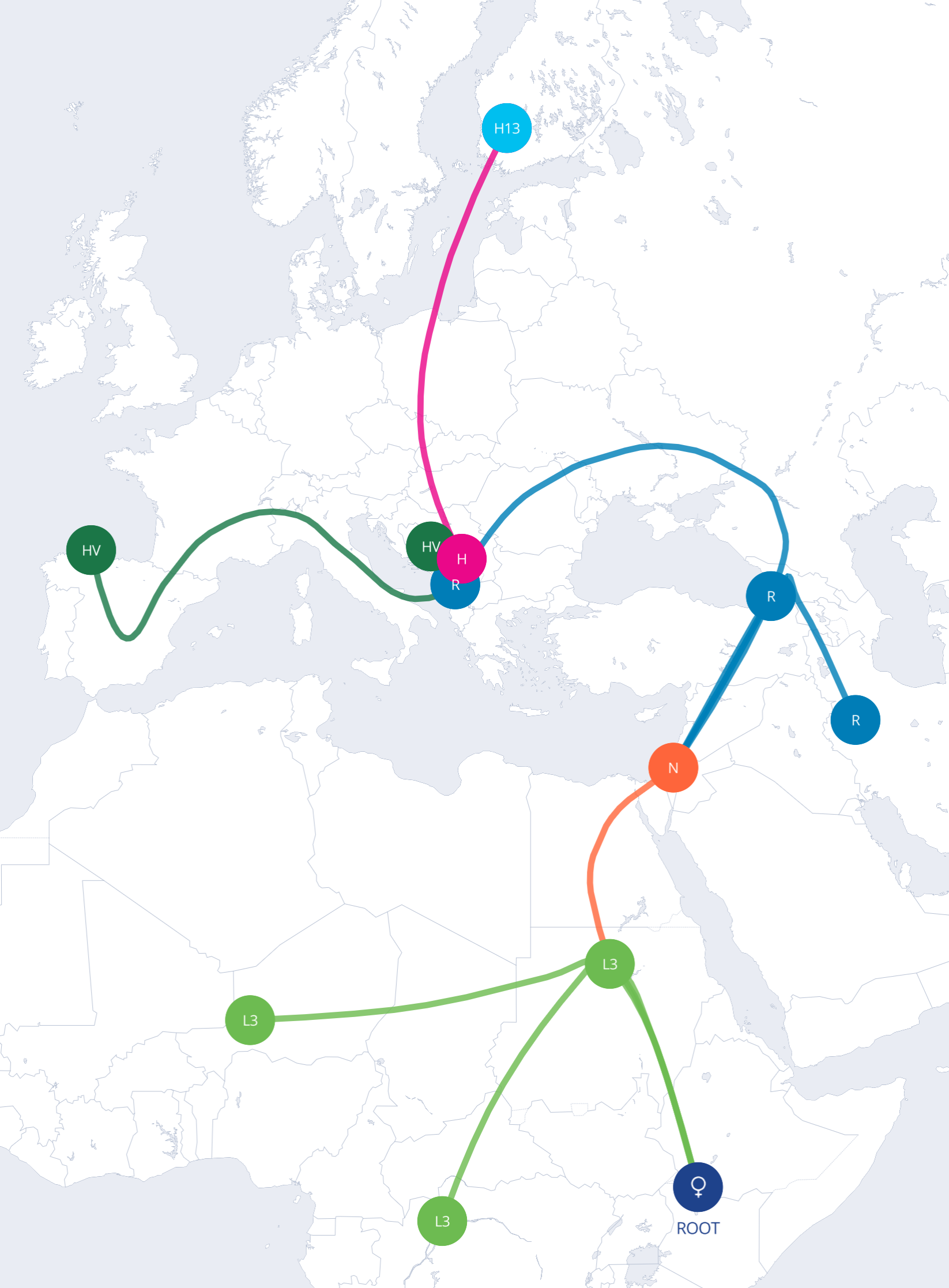
In This Article
Expecting a baby or searching for answers about your health can feel overwhelming. Chromosome analysis—also called a karyotype test—lets doctors look at the tiny “bookshelves” of DNA inside your cells to spot extra, missing, or rearranged pages. Understanding what this test does (and does not do) helps you make calm, informed choices.
A quick look before we dive deeper:
Know Your DNA Reviews

Don't miss out on the opportunity to learn more about yourself. Read our best DNA test page to find the best one for you.
Every situation is unique, but doctors often suggest karyotyping when they need definite answers.
Ultrasound “red flags,” a positive non-invasive prenatal screen, or advanced maternal age may prompt testing. A diagnostic procedure such as amniocentesis collects fetal cells so lab experts can see whether extra or missing chromosomes explain the concern. If you want a refresher on routine prenatal options, see our plain-language overview of genetic testing during pregnancy.
Doctors may test a child who has unexplained developmental delays, distinct facial features, or multiple birth differences. A clear chromosome picture can point families toward early therapies and support.
Hidden chromosome swaps—called balanced translocations, where two chromosomes trade pieces but keep all their DNA—often leave a parent healthy yet raise miscarriage risk. Finding this balanced swap explains why losses occur and guides fertility planning.
Some blood cancers, like chronic myeloid leukemia, carry a specific swap between chromosomes 9 and 22 (the “Philadelphia chromosome”). Spotting that change helps doctors confirm the diagnosis and tailor treatment.
The lab must first grow your cells, then “freeze” them mid-division when chromosomes are easiest to see.
You can read more about the step-by-step lab process in our deeper dive on chromosome analysis.
Every result starts with a simple count: 46 chromosomes, arranged in 23 pairs.
| What it means | Plain-English example | Common conditions |
| Extra copy (trisomy) | Three copies instead of two | Trisomy 21 (Down syndrome), Trisomy 18, Trisomy 13 |
| Missing copy (monosomy) | Only one copy instead of two | Monosomy X (Turner syndrome) |
| Extra sex chromosome | An added X or Y | 47,XXY (Klinefelter syndrome), 47,XYY |
Chromosomes can break and rejoin in new ways—sometimes harmless, sometimes disruptive.
Because each pattern carries different implications, your provider may add higher-resolution tests such as chromosomal microarray or FISH. Our article on karyotype testing explains how those tools zoom in further.
Most labs report in 7 to 10 days. Results often look cryptic—“46,XX,del(5p)” or “46,XY,t(11;22).” A certified genetic counselor can translate the code, discuss health impacts, and outline options such as additional tests, pregnancy management, or family screening. If a balanced translocation turns up in one parent, for example, assisted reproduction with embryo testing may lower future miscarriage risk.
Chromosome analysis gives clear answers about the architecture of your DNA. Whether you’re pregnant, caring for a child, facing fertility questions, or managing cancer, this test guides decisions and connects you to targeted support. Reach out to your healthcare team and a genetic counselor whenever you need help understanding the picture.
Know Your DNA Reviews

Looking for a DNA test that's accurate and can tell you about your health and heritage?
